Call to Action
Ecosystem Restoration, Conservation,
and Protection

“Restore and protect the aquatic ecosystems of Asian mega-deltas through a set of standardised and recognised multisectoral targets aimed at improving water quality.”
Why this is important
Numerous physical, chemical and biological factors affect the quality of water in delta rivers, lakes and ponds. These waterbodies are a vital source of water for people, agriculture and industry.
Polluted water impacts mangrove health. It also limits potable water and damages landscapes. This in turn degrades vital ecosystem services for wildlife, communities and other users.
Many aquaculture and homestead ponds are polluted, meaning heavy metals can enter the food chain. Excess nutrients in rivers, lakes and ponds have led to harmful algal blooms toxic to a range of species.
Pollution problems in delta waters are compounded by increasing salinity in rivers, lakes, ponds, and groundwater systems. This salinity rise will be exacerbated by future climate change and continued human alteration of the river systems.
Standardised and better recognised water targets would provide clear indicators for stakeholders to underpin efforts to improve water quality and restore ecosystems.
Priorities and steps
Researchers, local, regional and national governments agencies, civil society organisations, private sector actors and local communities should work together to:
Maintain the new monitoring network established by the Living Deltas Hub for the Indian Bengal Delta.
In the Mekong Delta use the new Water Data Portal from Can Tho University to define targeted action points to improve water quality and plan restoration of aquatic ecosystems.
Allocate sufficient resources to begin a comprehensive monitoring scheme (i.e. pre-emptive water quality monitoring) to determine the natural and human factors that affect water bodies and their ecosystems and quantify how these systems have changed and are changing.
Map mangrove loss and identify areas to prioritise for new planting and restoration.
Using Hub-generated data (e.g. Material Flows Analysis) to introduce better resource management (e.g. wastewater treatment, mediating nitrogen flows, promoting better agricultural fertiliser use, pumping and salinity control).
Monitor institutional effectiveness and regulation of Targets at local and delta-wide levels.
Want more information?
Click on our Outputs web page here to access more information about what we do and who we work with via a series of informal blogs and other resources, videos, books and booklets and policy briefs. Here you can also easily access our Hub publications in academic journals as well as a series of mid-project case studies.
